The Genuine Article: The Apex Interviews Laura Kukuk
This week on the Apex our guest is engineer, classic car specialist, photographer and journalist Laura Kukuk. With a background in high-level sports car development at McLaren and a fascinating job as an expert authenticator of some of the world's finest vintage automobiles, she's a Nürburgring native who also enjoys getting hands-on in the workshop with her own restoration projects. We spoke to her about her forensic work, the joys of a Fiat 600, and what makes for a truly authentic car...
Hector Kociak interviews Laura Kukuk for The Apex by Custodian. Recorded and Produced by Jeremy Hindle and Guillaume Campos. Transcribed by David Marcus. Edited by Hector Kociak & Charles Clegg.
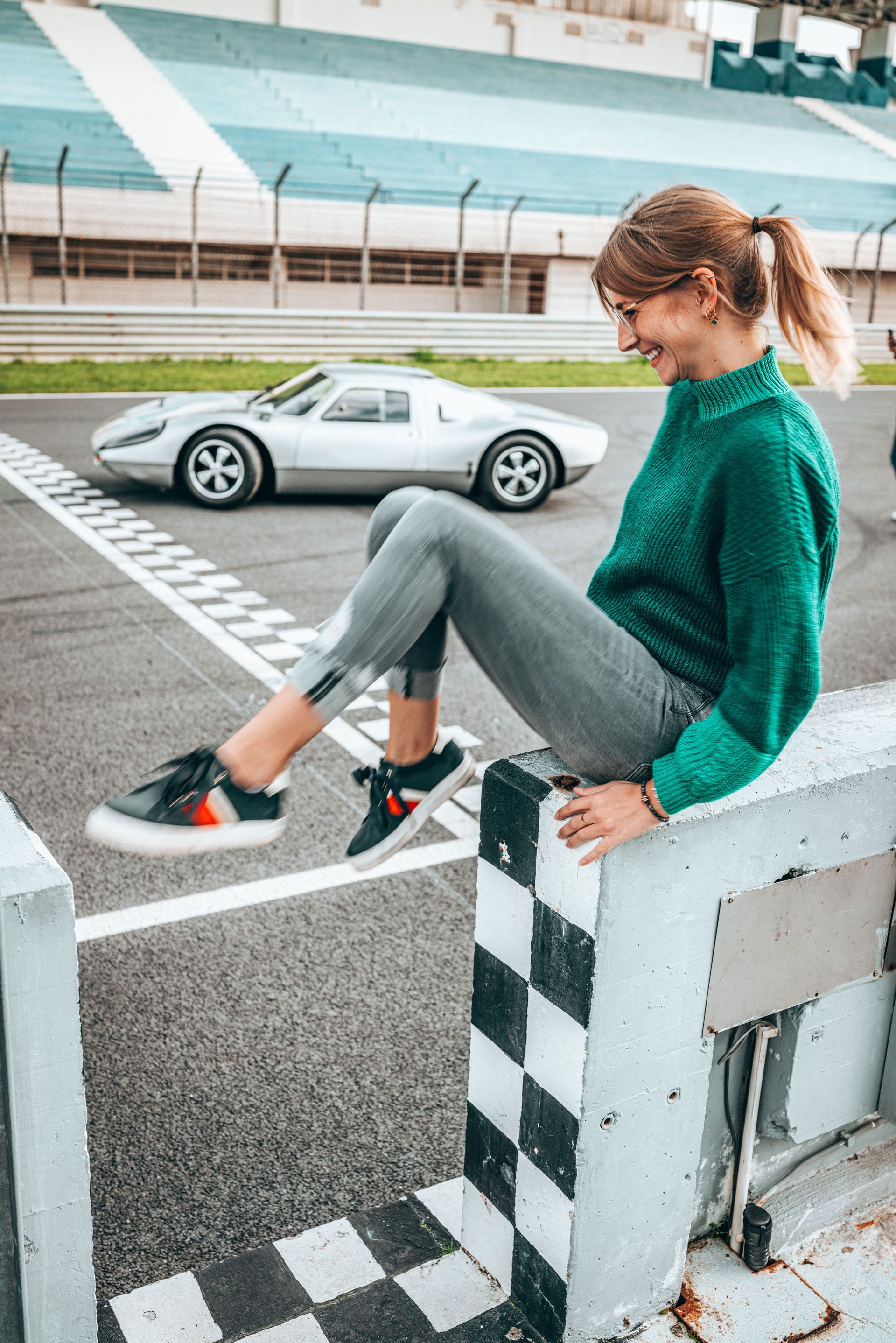
Could you tell us a bit more about your background? How did you get into cars initially, and how did you end up in the classic car world?
I got into cars through my father, a classic car specialist for over 45 years; I kind of grew up with them, and there were always classic cars in our garage. He always drove them as a daily as I do now, and I couldn't resist them and automotive things in general. We used to spend a lot of time in the garage just working on the cars as well, getting hands-on, where I really got into engineering and the more technical side of it.
You worked at Porsche Kremer Racing and DP Motorsports in your school holidays, and later you became a development engineer at McLaren Automotive working on the 570S and the McLaren Senna amongst others. As an engineer, what excited you about those environments?
I liked the modern technologies and developing new means of transport. I mean if you're an engineer, you are interested in the technical bits - it's not just the historical that I like! It’s the modern technologies involved, and especially with super sports cars, their use in racing - as you said I’m a Nürburgring native, so racing has always been one of my hobbies and part of my life. Working in super sports cars was as close as I could get to developing new technologies; it was just something really incredible seeing things take shape, like watching the transition from the petrol engine to electric power. Moving from racing, the job at McLaren was the next step; it was a really cool time!
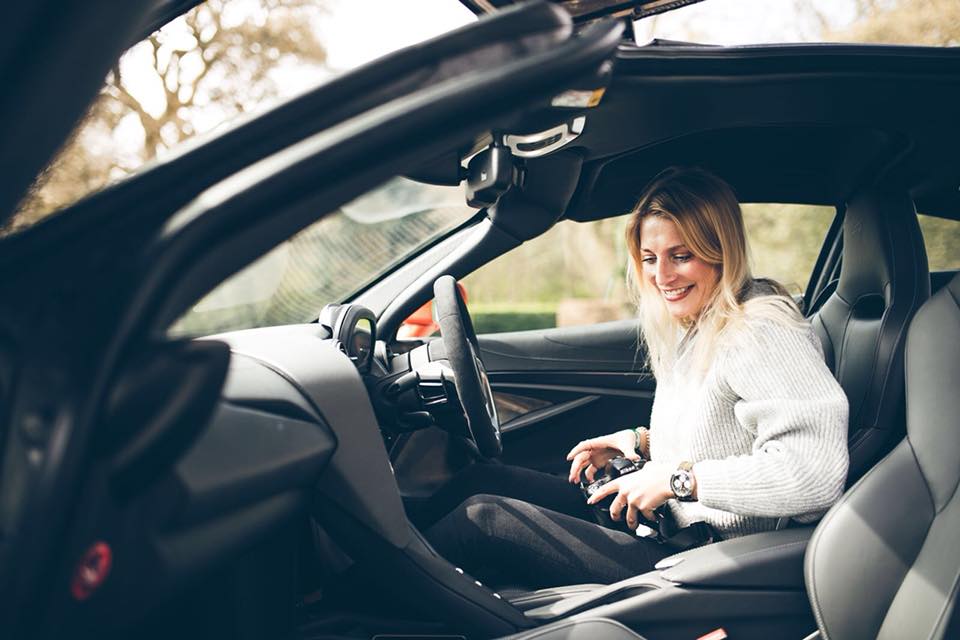

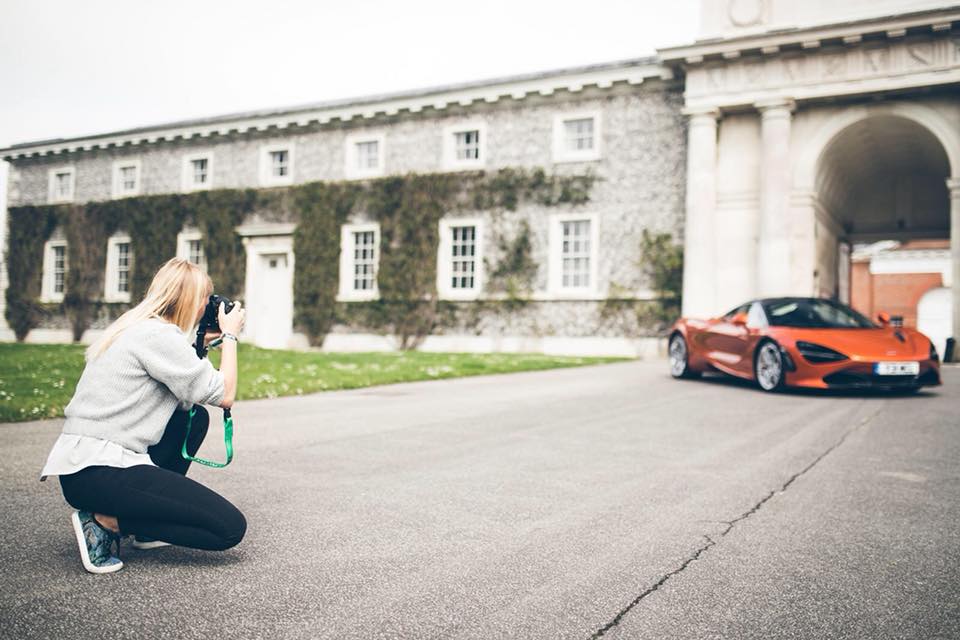
Credit: McLaren // Source: Laura Kukuk
How does working on classic cars differ from that? I presume that at McLaren you were constantly dealing with new materials, new technologies, whereas with classic cars there's a lot more handiwork.
It's more hands on, of course; my job doesn’t involve daily work on a car like restoration, but the main difference for me was that developing modern cars I was able to create something which I would actually see on the road driving along. For example, with the 570S, I designed part of the rear section, nothing big - but it's quite cool to know there is almost a part of you driving around! That of course doesn’t happen any more, being in the classic and authentication world. I still deal with modern cars and super sports cars, but now it’s more about their history and about what story the car has to tell.
Speaking of which - you and your father are known for bringing modern scientific tools to bear on car authentication. Could you tell us a bit about what you do with those and how you use them to find out the true stories of the vehicles you look at?
The scientific tools are always in addition to the historical research; it's not necessarily the true story but it's verifying whatever you’ve been told, and perhaps finding aspects to the story. We use a lot of forensic methods to bring an objective perspective on the car, because it's a very subjective world.
As to methods, for example we use light spectroscopy to help us analyse the material and its components, which then helps us to date whatever we are looking at. So we can determine that the frame we're looking at is from the 1970s rather than from the ‘80s, or was basically built yesterday rather than in the 1920s. Ultrasonic analysis lets us measure the thickness of any material - paint thickness, fibreglass or carbon fibre. When it comes to those famous words ‘matching numbers’, and how big a deal they are for value in the market, that comes in useful, as we can determine whether the stamping on a component is original or not. There are actually various ways to analyse that in particular, and it used to be very destructive. You’d use acids, where you needed to almost destroy the number to see whether another number was stamped underneath. Now you can do it non-invasively - which is really cool. There are many more tricks but they all help us to basically look at the car from all angles, collect together the whole history of the vehicle and almost bring it alive.
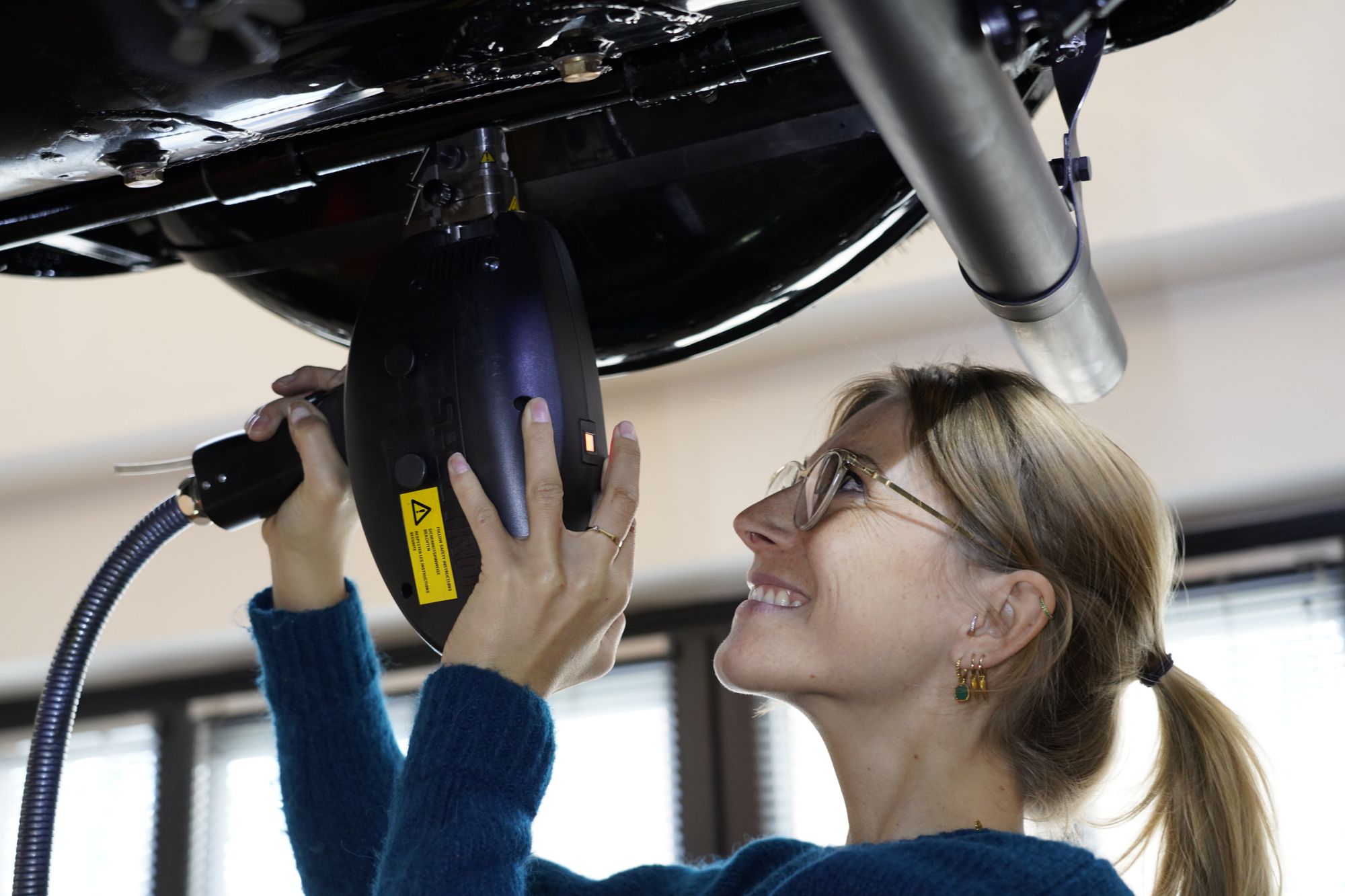


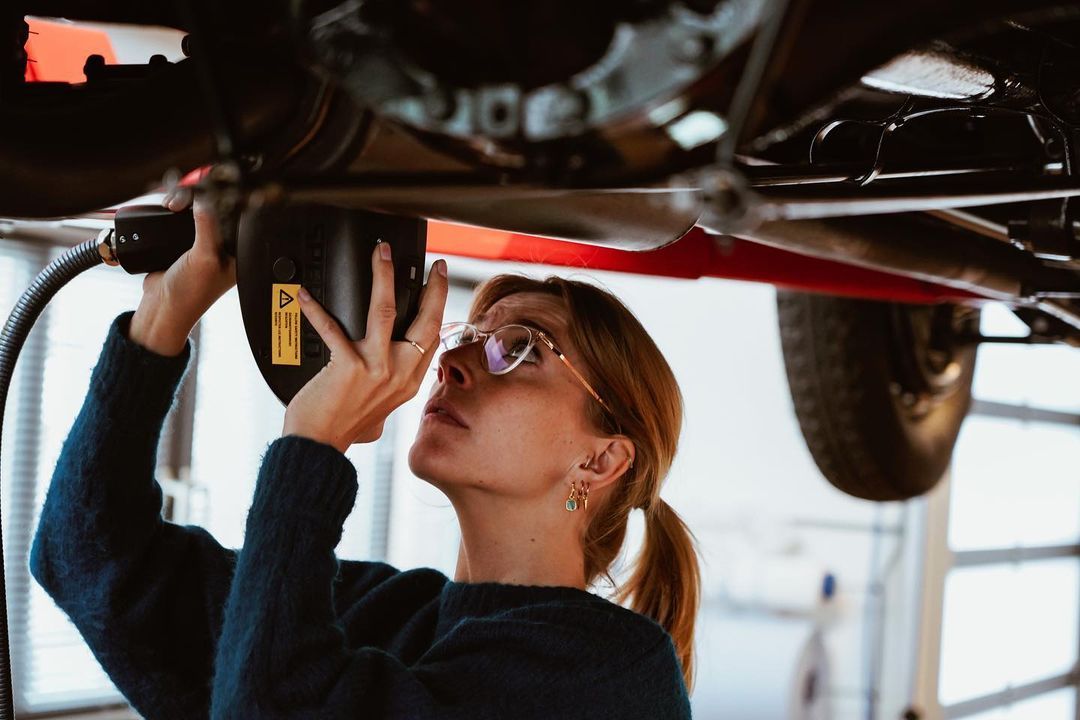
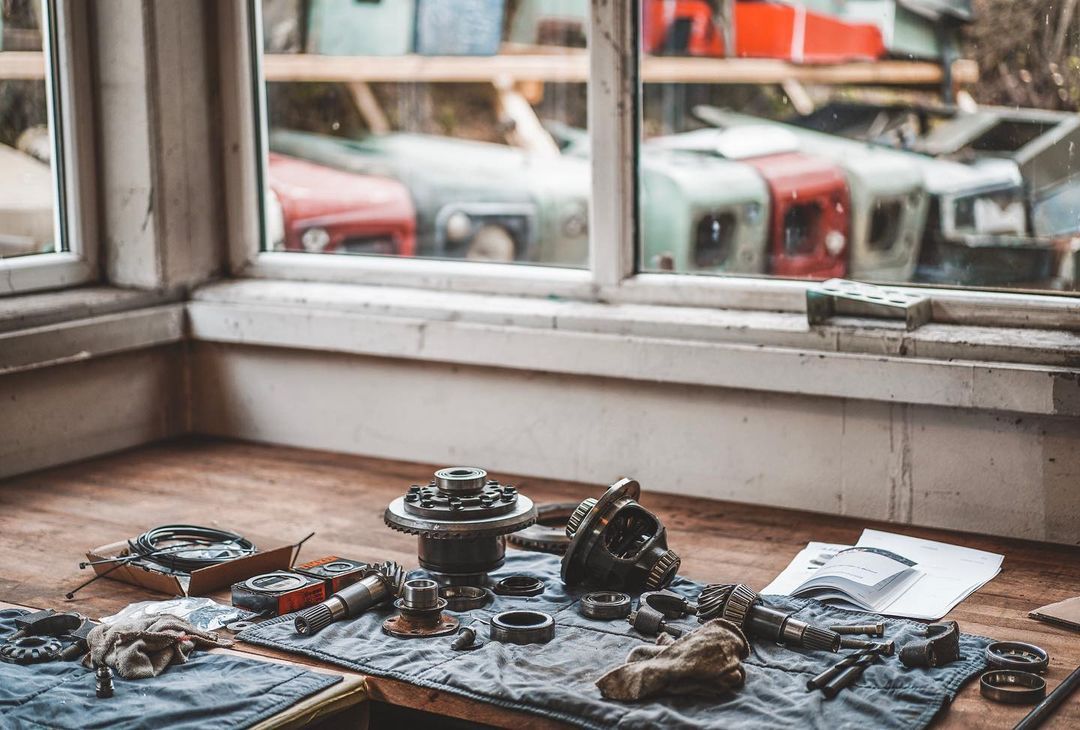
Source: Laura Kukuk
Would you say that this authentication technology has changed over the years? You mentioned that it used to be slightly destructive - that might have caused owners to be a bit hesitant about applying these methods to something that they treasure so much.
Absolutely! I'm so glad that they have changed. Recently I was writing up a report of a Mercedes-Benz SSK my dad examined about 25 years ago, and back then he examined the car something like 15 times - it had been torn down completely to the bare metal frame just for the inspection to determine whether the car was completely original or not. Obviously there were indications it wasn't what it was claimed to be, and that is why you’d go down that route. Back then you also actually needed to take samples out of the frame to send to a laboratory to do the spectroscopy and identify the material, and use strong acid in order to identify the stampings on the frame.
Today we are able to do basically everything non-destructively and in a transportable way. We are able to go wherever in the world we are needed, at any time, with the machinery, and almost give an estimation on the spot what the car should be going for, without waiting a long time for test results. The new technology has made our job much easier, and obviously the customer also benefits. You don't need to rip the whole car apart any more or take parts out of the car in order to send them somewhere. The technology is always moving forwards so I think there will be a lot of new tools to come in the future as well.

That gives an interesting perspective on authenticity: if it's now easier to check, then perhaps people will think twice about trying to fake it! Have you ever encountered attempts to disguise or conjure up the heritage of a vintage car, and what's your personal opinion on what really makes a car authentic?
That's a very difficult question! Answering your first point, yes, I’ve encountered that kind of thing often, but when people talk about ‘fake’ cars, I think that’s a very difficult word. It has so many different connotations, and it’s always a matter of definition. I encounter wrong historical identifications, or histories told by sellers which I often find have more to them on investigation. So it's not a rare problem, but the extent to which the story of a car is different from reality obviously varies a lot.
Regarding authenticity, I think a car is authentic when you just honestly say what it is. For instance we all know that there are people out there who have made a complete replica of the historical car they have, obviously just to enjoy it without destroying the historical value of the original. They have the original car in their garage and they don't have to risk anything when they go racing. So is that car less authentic? Yes, it's less authentic in that it is not the car it purports to be, but some people would say hey, this is a precise replica so it's as authentic as it could be for what it is. However if along the way says oh, this is actually an original car - that is obviously wrong.

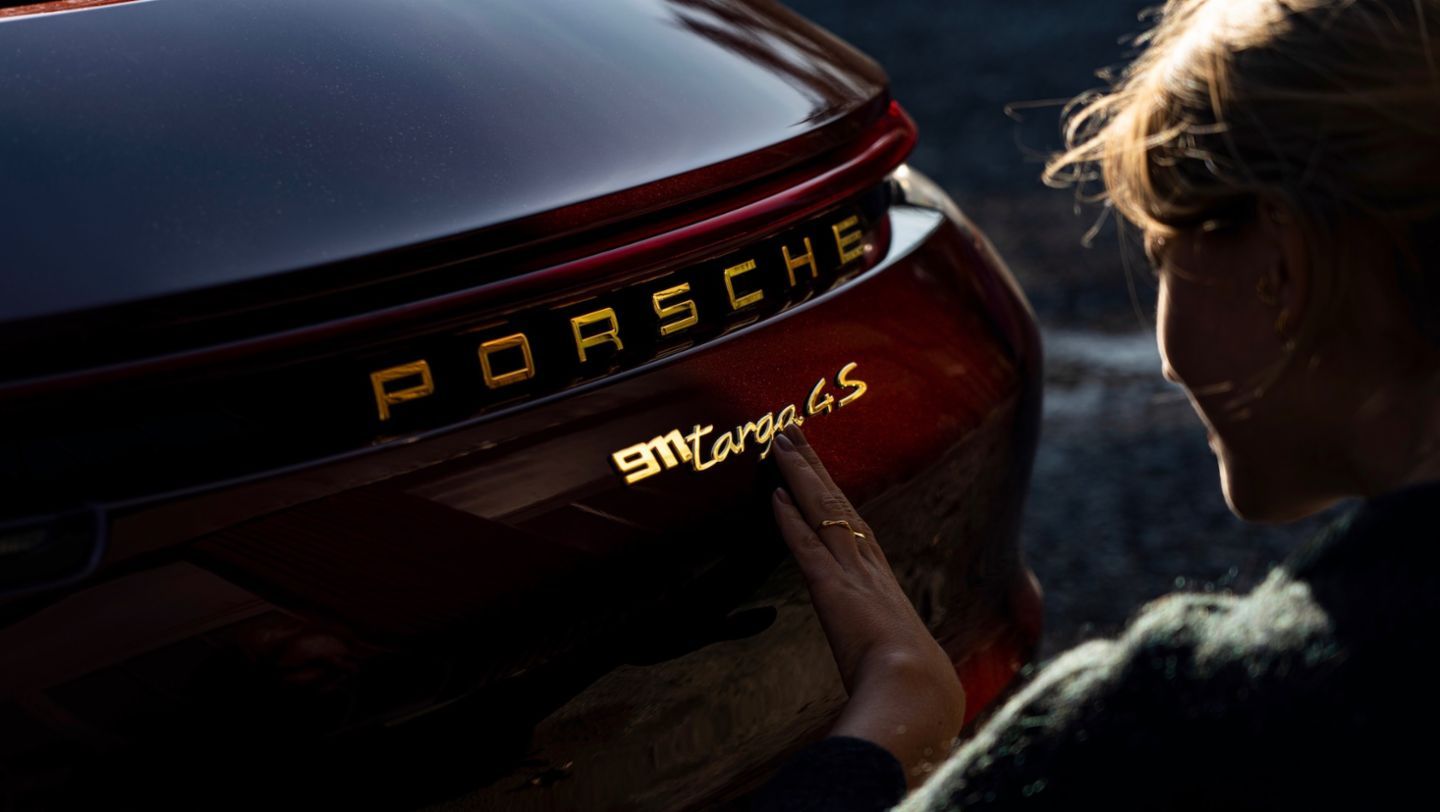
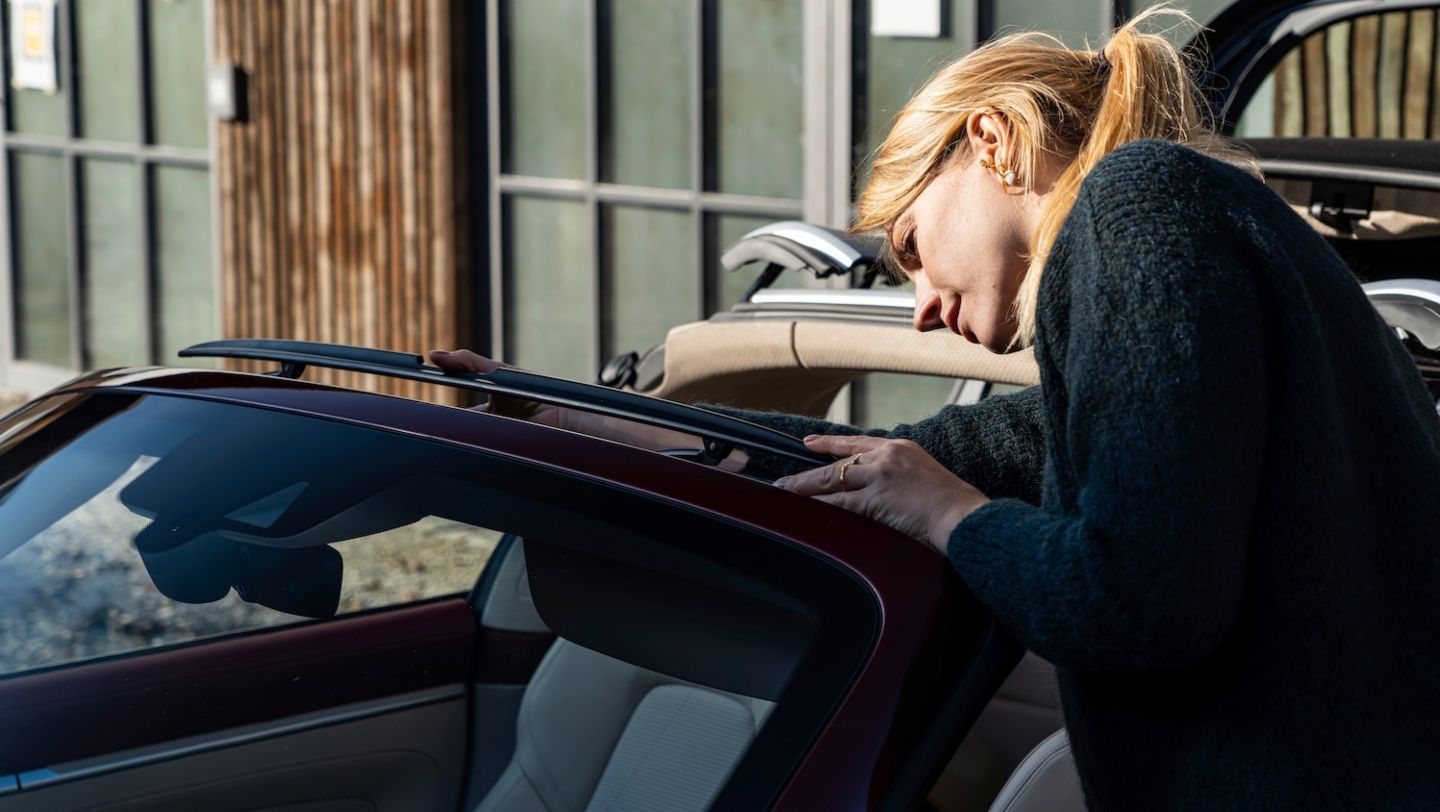

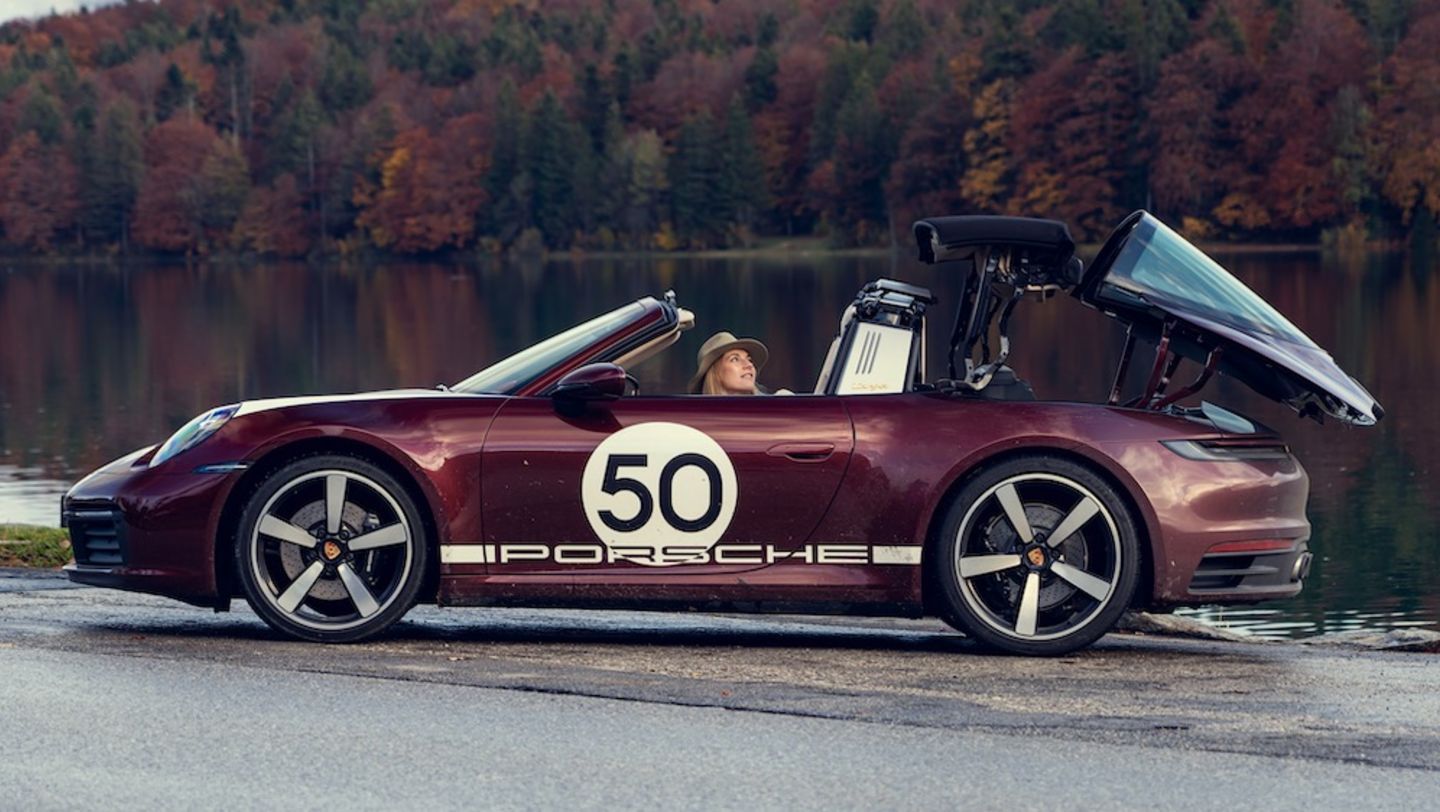
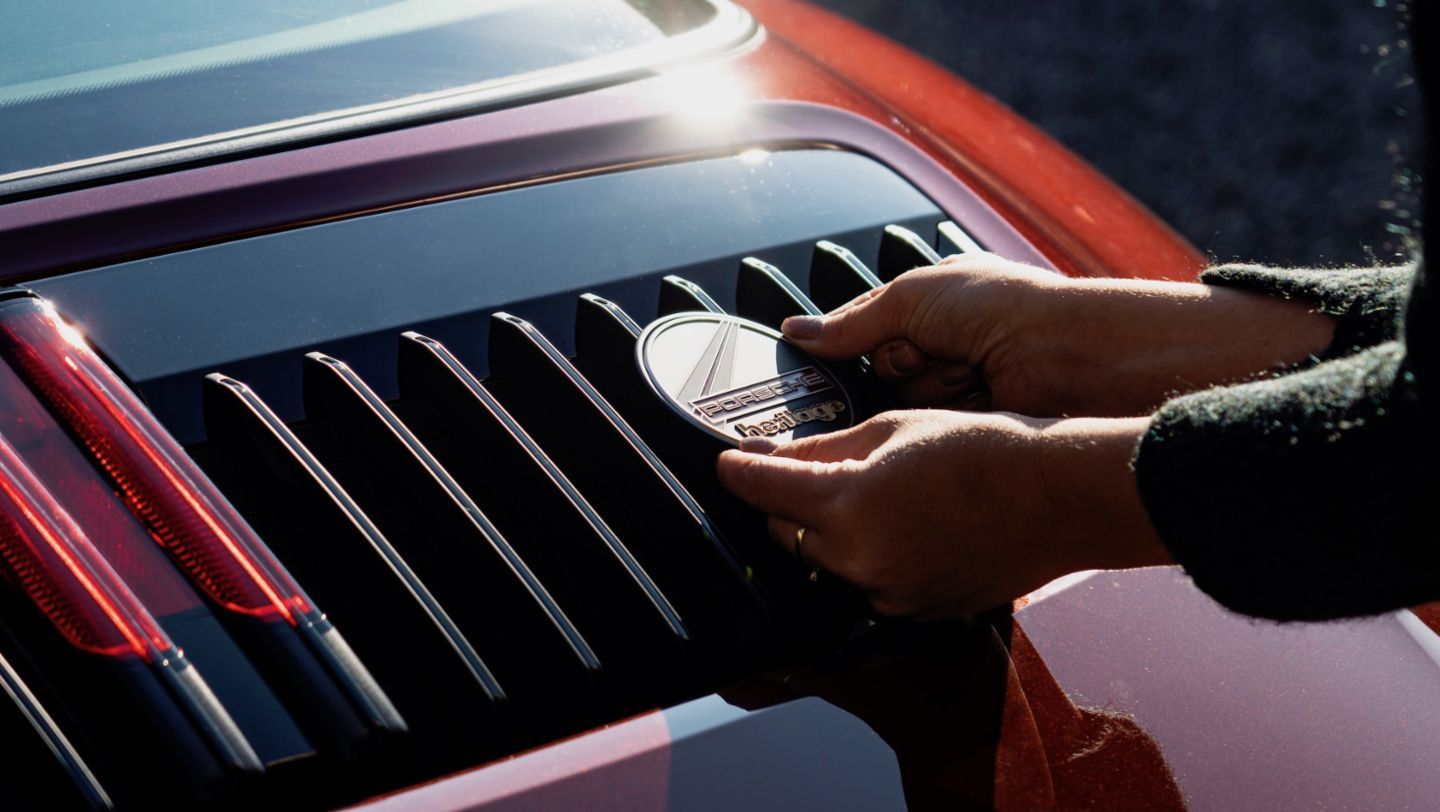
Source: Porsche Newsroom
Does it ever work the other way, in that if someone is doing a recreation, would they ask you about specific details they need to get right in order to make it correct?
We do advise on that, but we do it very reluctantly. Really it's not something we’ve encountered often. It's never the person who builds it, or the person who has it built for himself or herself, it's always the next owner along the way or the fourth owner along the way who wants to ‘add’ originality to it without having been involved in the original build. Of course people are trying to do their best at their particular job, so the person actually building the recreation is obviously going to try to do their absolute best out of pride for their work, and that's what they're being asked for. If it's a good restorer, they will do the best they can, and there is nothing wrong in doing it, as long as the car is being identified honestly for what it is.
You’re a recognized name in the field, and a judge at various car events like Pebble Beach and Villa d' Este. Do you ever feel a certain pressure whenever you are asked to give your opinion on a particularly prestigious, rare or exciting car?
Yes, actually much more in my engineering role as a classic car specialist than a judge. If I go out, examine a car and write a report, I have 100% liability for it. There’s an obvious similarity when you're a judge at a concours and you say something, so I always take my job very seriously! I would never go out and just say something about a car from reading a history file in just one way. I would always look at a car from all sorts of angles, get in contact with the manufacturer and try to get different sources. I think that’s an important part of my job, and having a network. You talk to people, try to find out as much as possible, and then we add the objective perspective with the scientific and forensic methods to have some additional ‘black and white’ information.
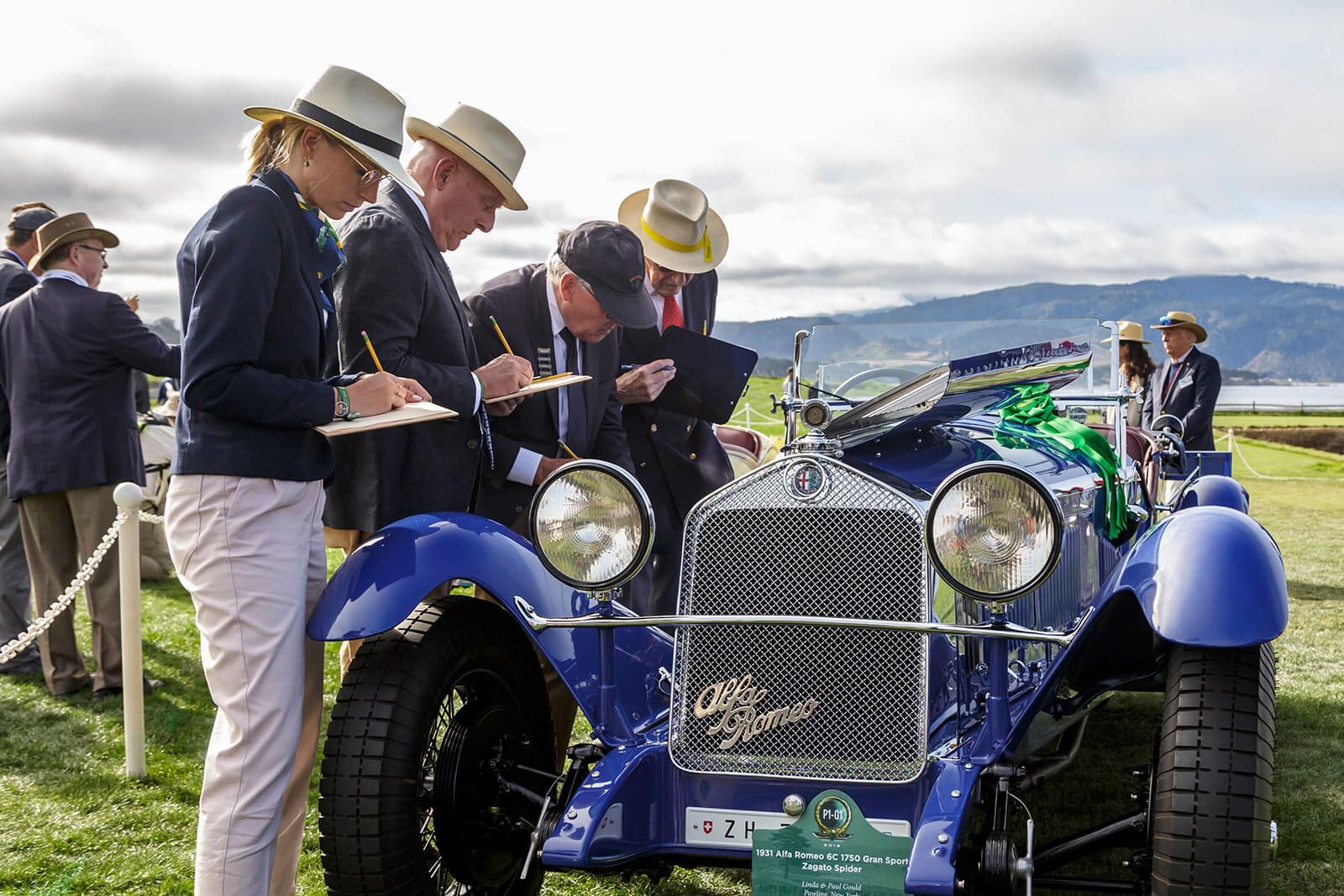
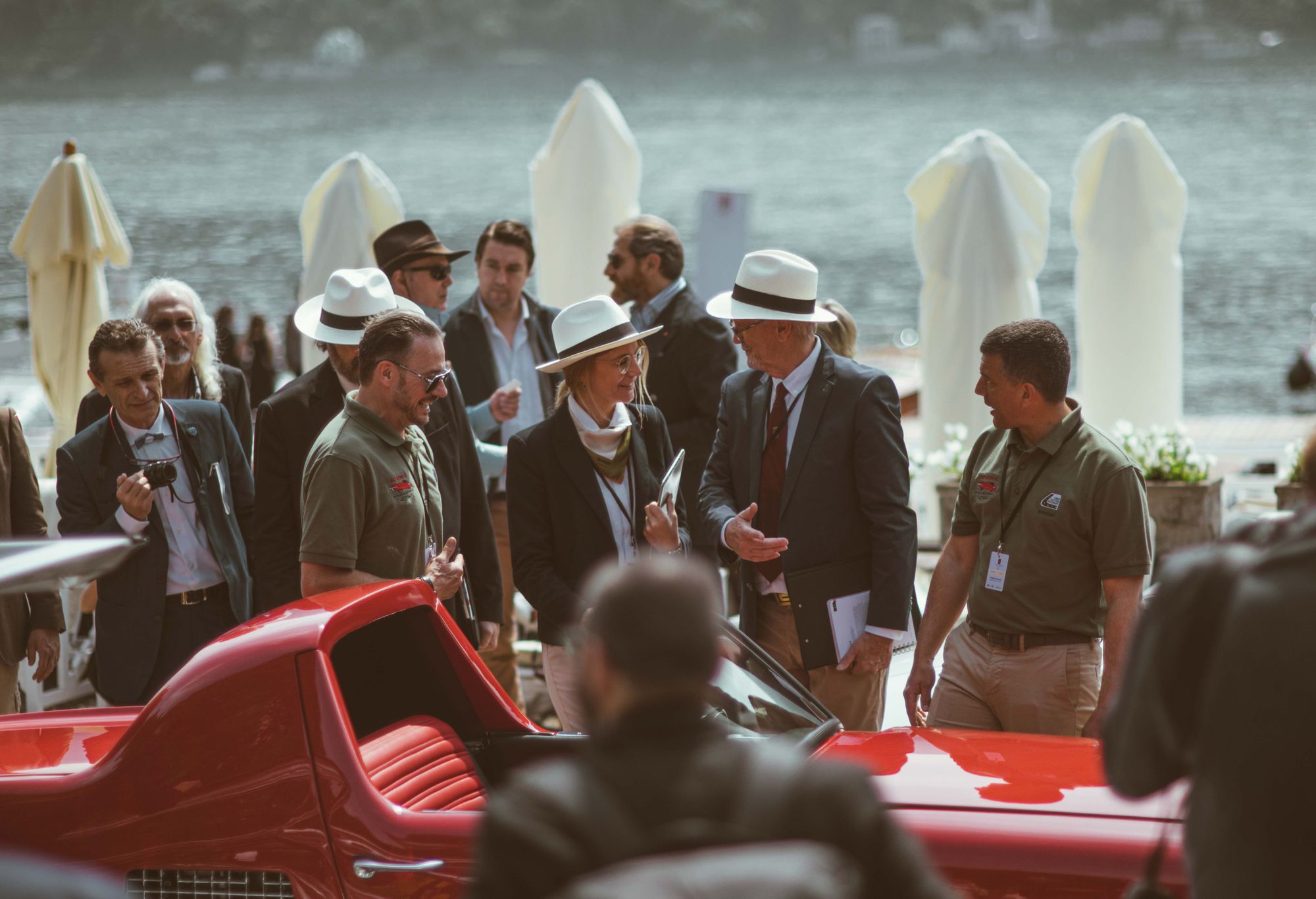
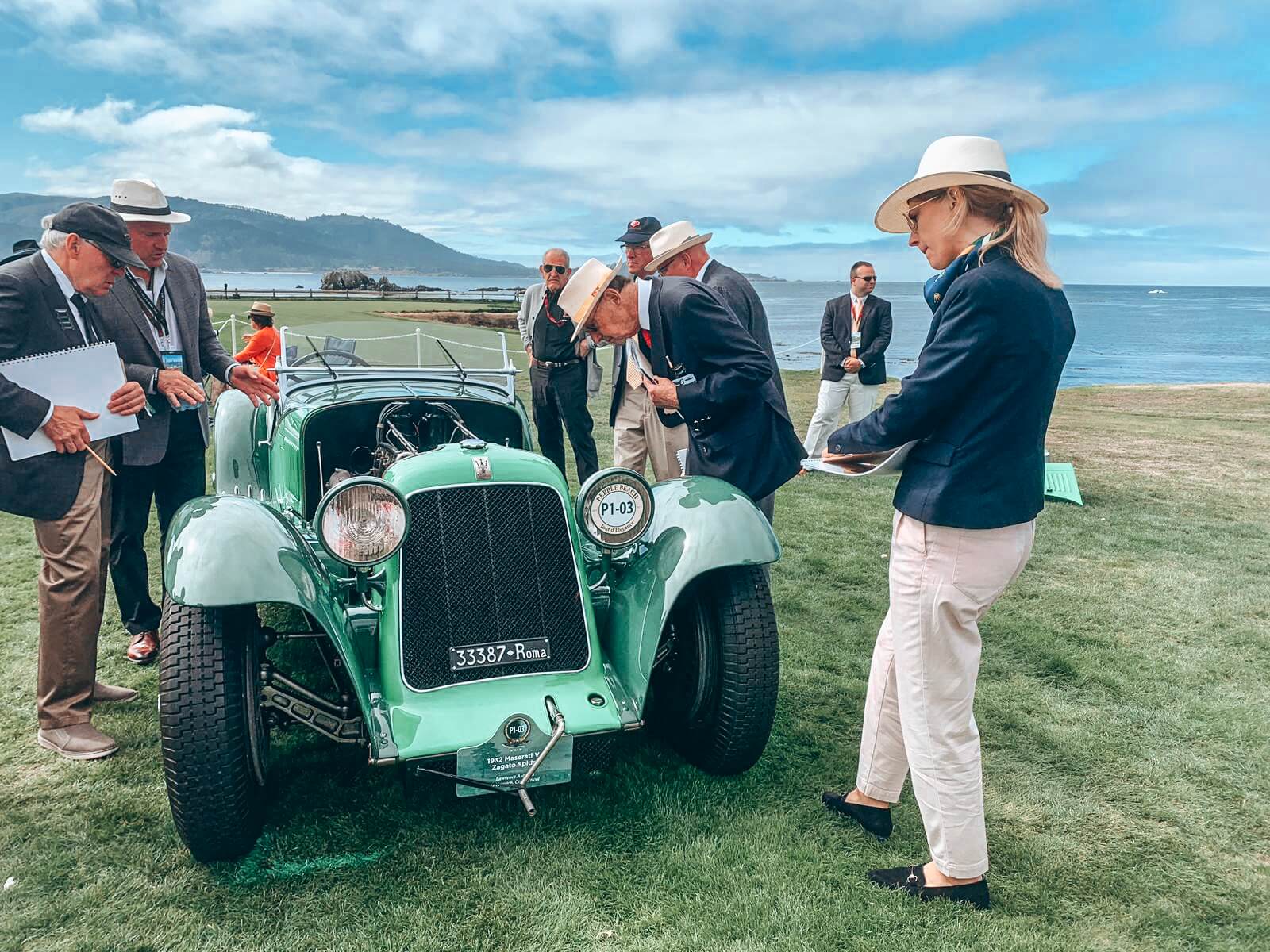
Source: Pebble Beach Concours d’Elegance 2018
You mentioned networking earlier, and how important people are in this process. How much of your time is spent just having to work with the stories they tell you and reconciling them with other sources?
It's a lot of time. When we get asked to examine a car, we try to get all the information we can from the person who is asking us to do it, but then we would go to the network we have relating to the particular brand, and to the manufacturer if they have a classic car department. We would try to get original drawings if we don't already have them, although my dad has been doing this for 45 years so we have quite a big archive! We would then just talk to everyone we know who would have been involved with the car, and maybe reach out to people we have not encountered yet. It's not like we know everybody, but it's all about making those connections. It's a very small world, and a passionate one; the more networking and communication that’s going on, the better it is for all of us.
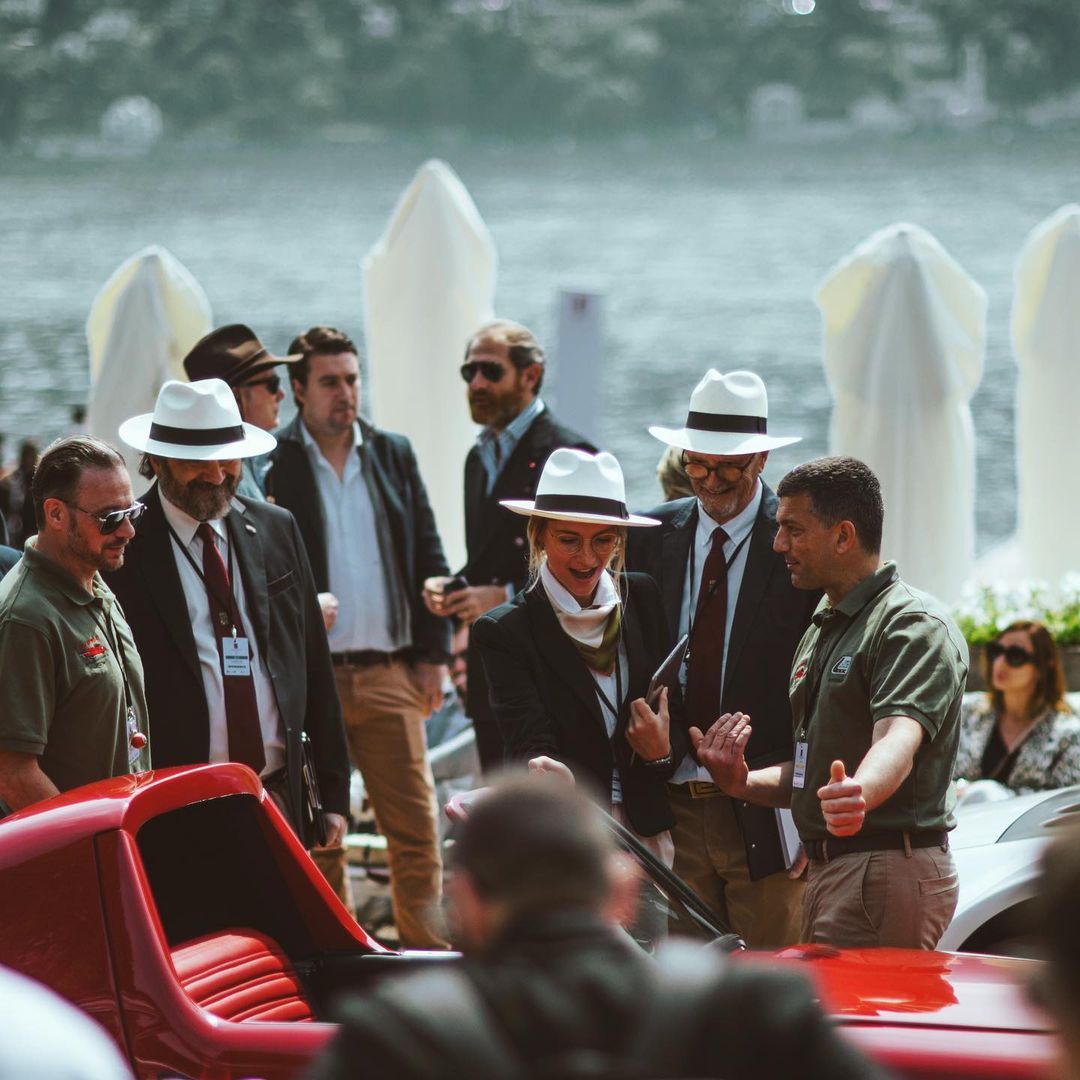
Talking of people, a theme we've also discussed on this podcast quite a lot is inclusivity, and how the classic car community can maintain that love and interest in classic vehicles in the future. How do you think we can draw in new enthusiasts and keep the passion for cars and engineering alive?
Make it accessible. Sometimes I feel people who are not in this world feel like it's a closed shop. They come to me with open arms and say oh, it’s so nice that you spoke to me and that you're taking us along, and it's like well, once you're in it's actually a very positive and very passionate community!
I think the other important thing is that the classic car world shouldn’t just be about super high end expensive cars; it should be all about the passion. People come to me and hesitantly ask whether I would examine their MG TD and it's like - yes, of course! I mean I'm restoring a Fiat 600 currently, worth nothing at all, but it's worth the world to me because it's got a really great history. It’s all about passion. It's not about the value of the car, it should be about everyone who is passionate about it, and every car, for that matter.

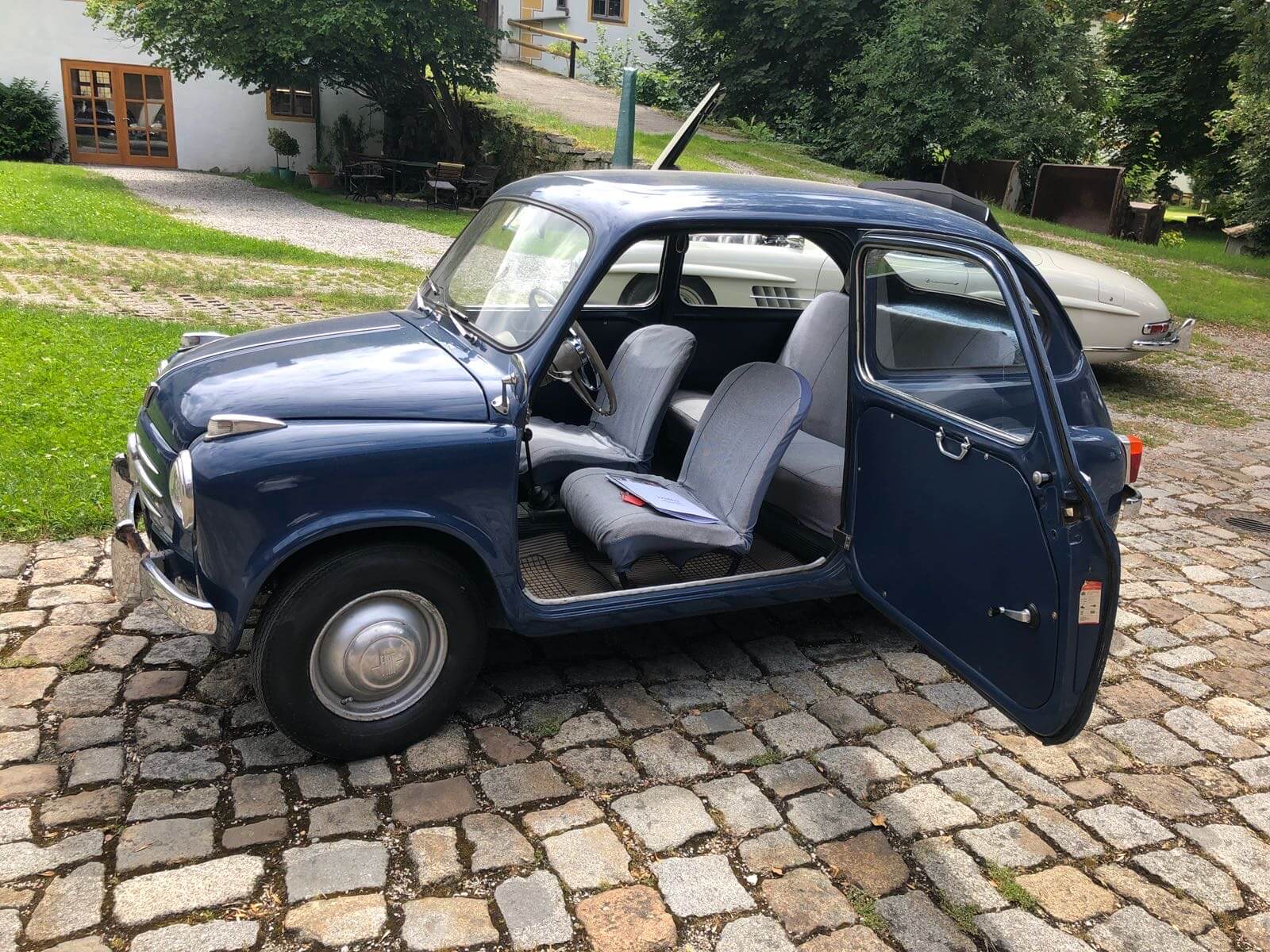
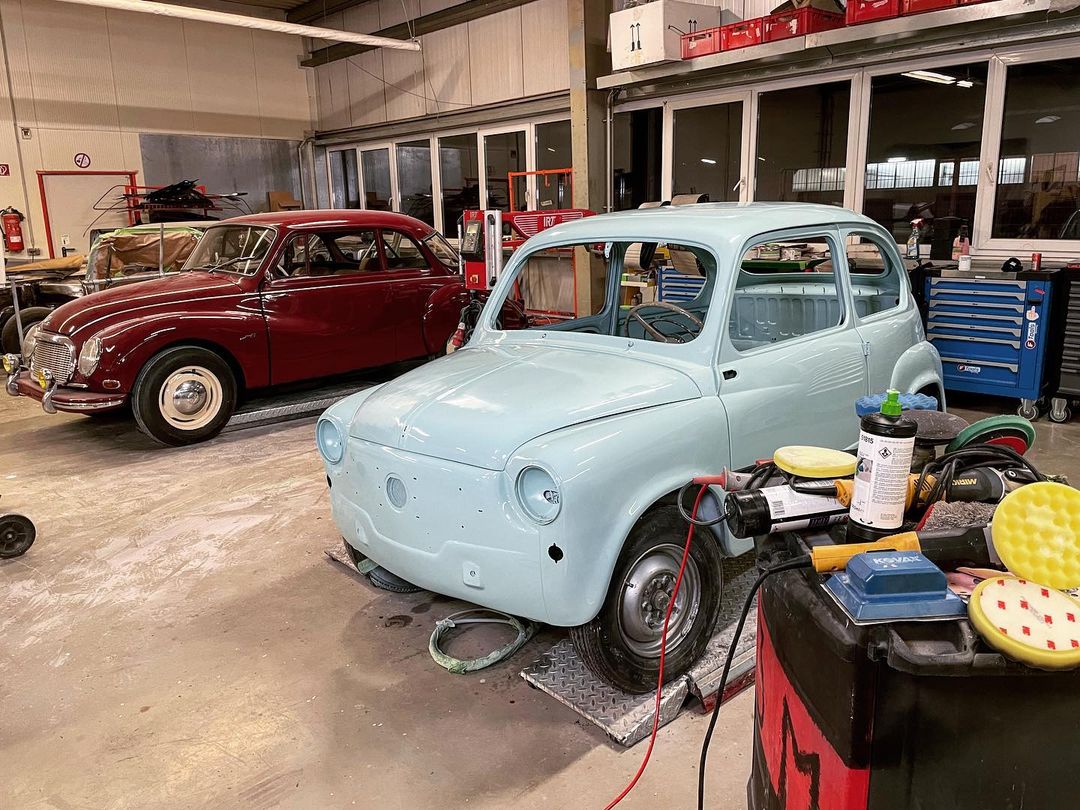
Laura's Fiat 600 on the day it arrived (left) and in its current state (right). Source: Laura Kukuk
As you say, ‘classic cars’ is not necessarily about an ancient, priceless Aston Martin that's been driven for 50 miles and is in a glass box somewhere…
Absolutely not, it shouldn't be, and I think this is what we should communicate more. Even a 2CV - it’s nothing special, but if you drive around in it or in a Morris Minor (like I have for the last two months as a daily) everyone goes crazy. People are literally waving at me and almost falling off their bikes because they are so distracted by the car. It’s the same on social media. I really enjoy sharing the Morris Minor on social media, because before it wasn't anything special for me other than a daily until I started to see the reactions. It's nice to share, and I think this is what we should all do more, just share the passion and not just 250 GTOs - although we do enjoy them as well!
Outside your day job, you're also a talented photographer and a journalist. What made you pick up the camera and the pen?
The same thing really - just to make this world more accessible, to talk about it, and show it from a different perspective. Obviously I'm a woman and there are not that many women out there in it. Then there’s the selfish motivation, which is just to look at the cars from an aesthetic point of view, because I often get lost in the technical details. I grew up very creative, and I grew up with a camera - my dad gave me my first Nikon at a very young age - so one day I just thought you know what, I need to bring some more creativity back into my world, and just started to do it. I am still enjoying it; obviously we're all under lock down at the moment so there's not that much happening, but hopefully we can get out again soon...
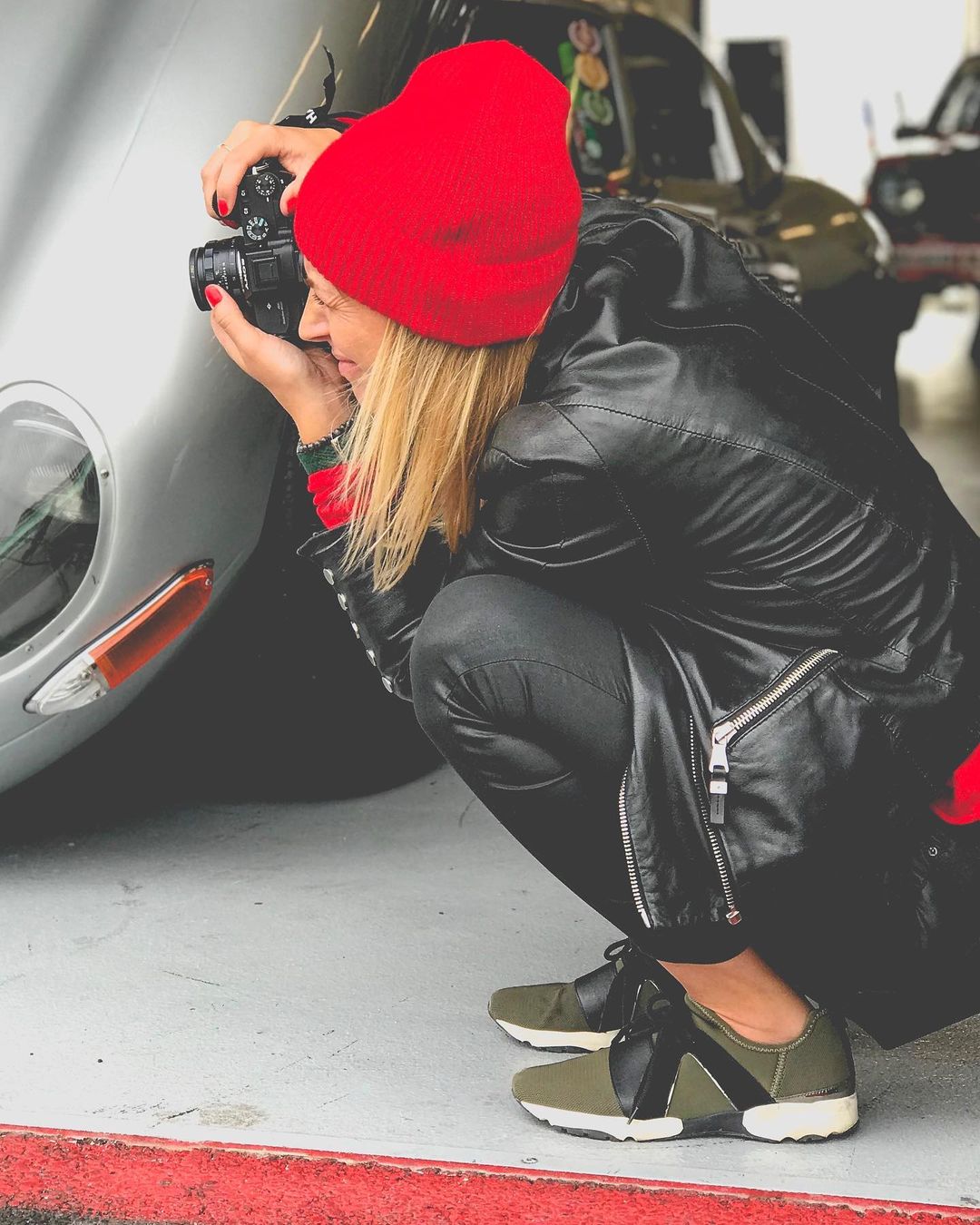
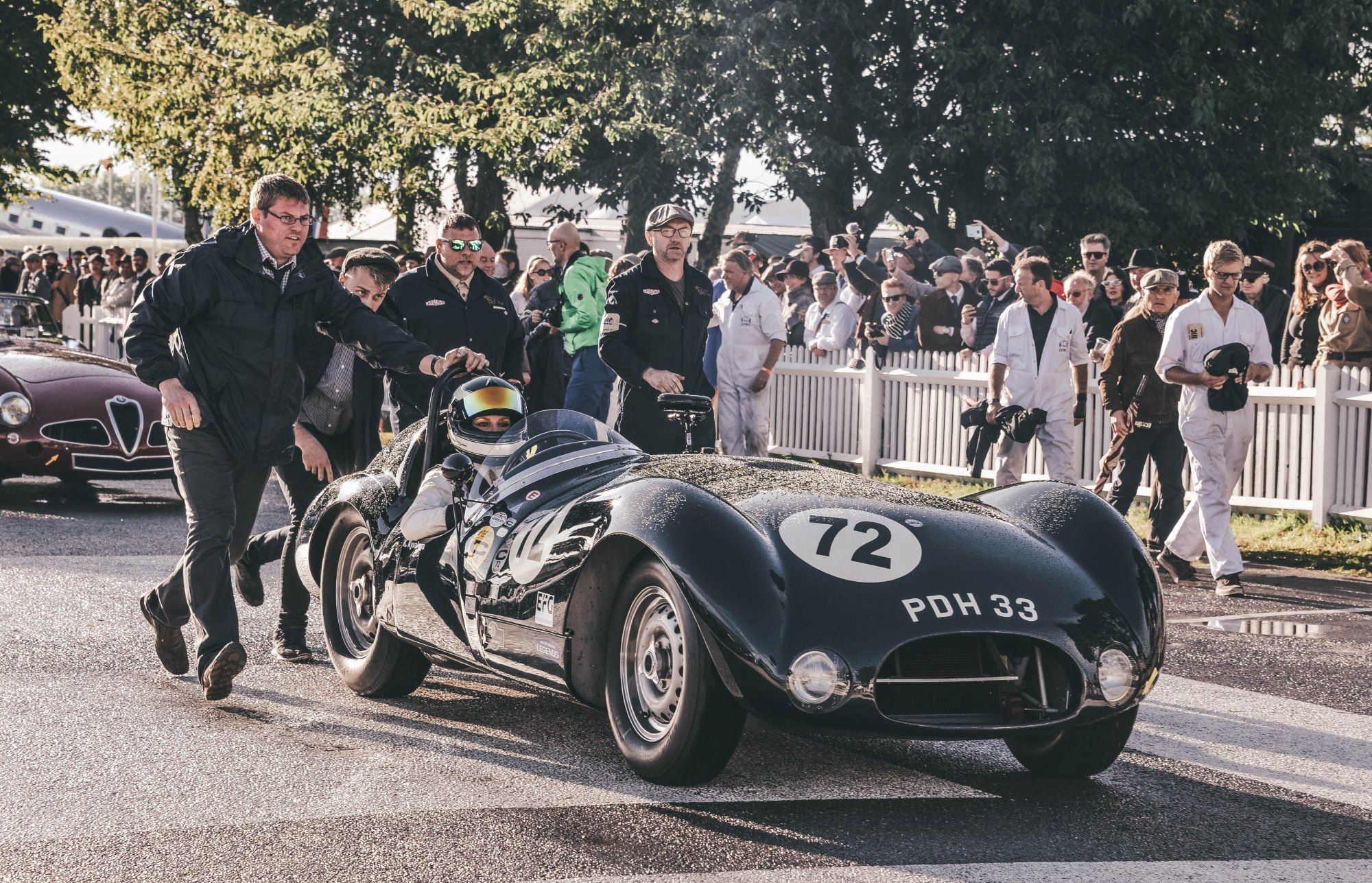
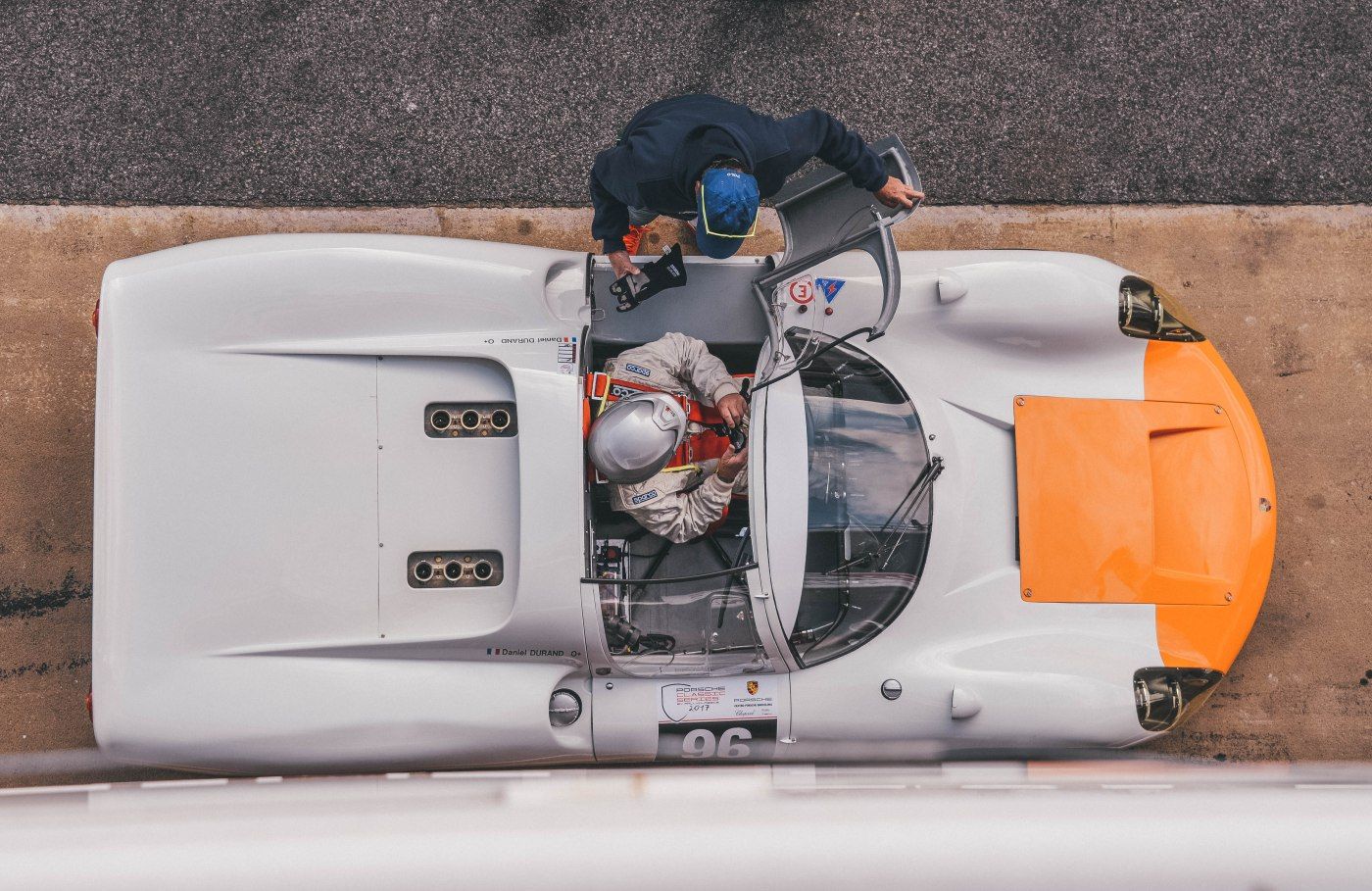
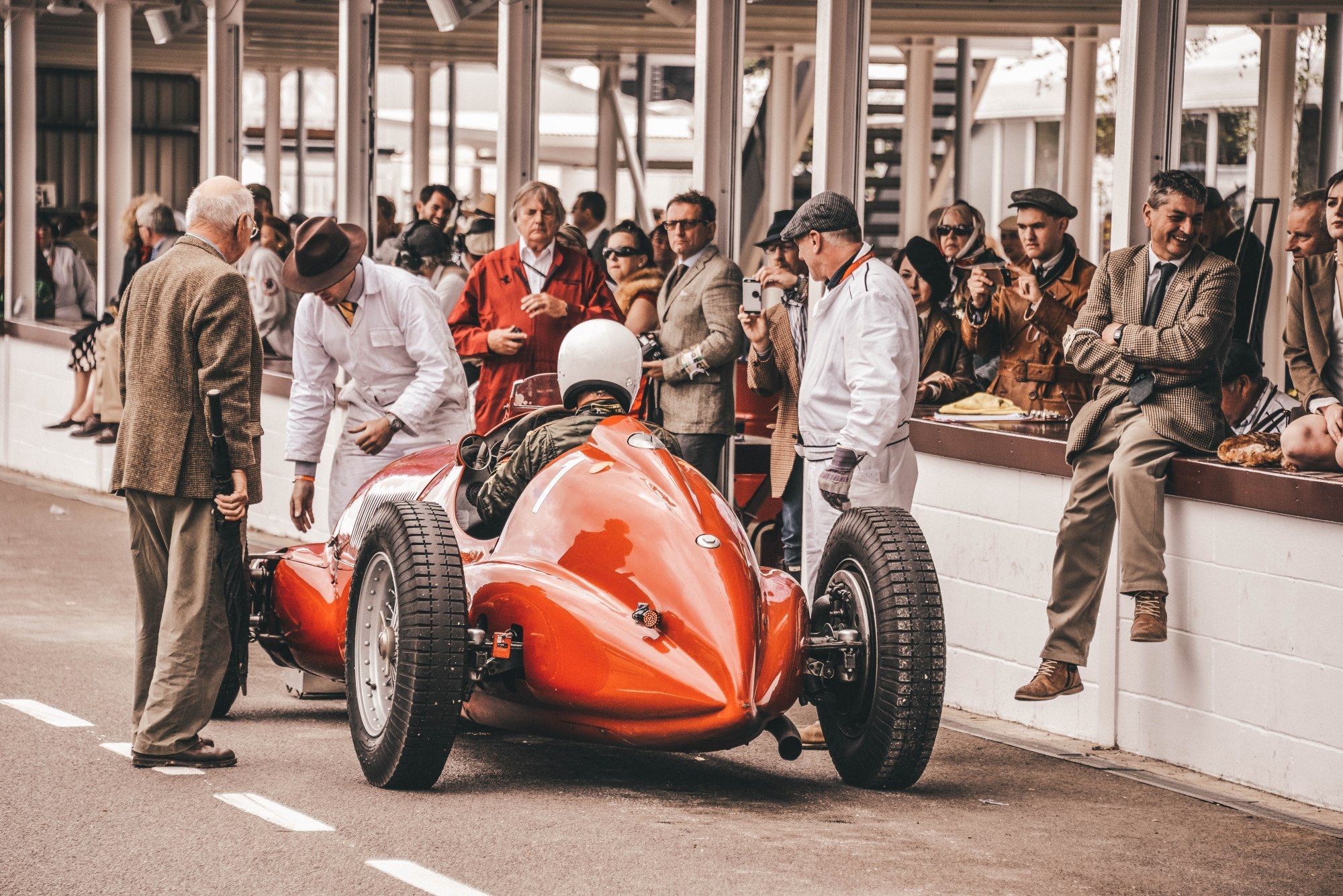
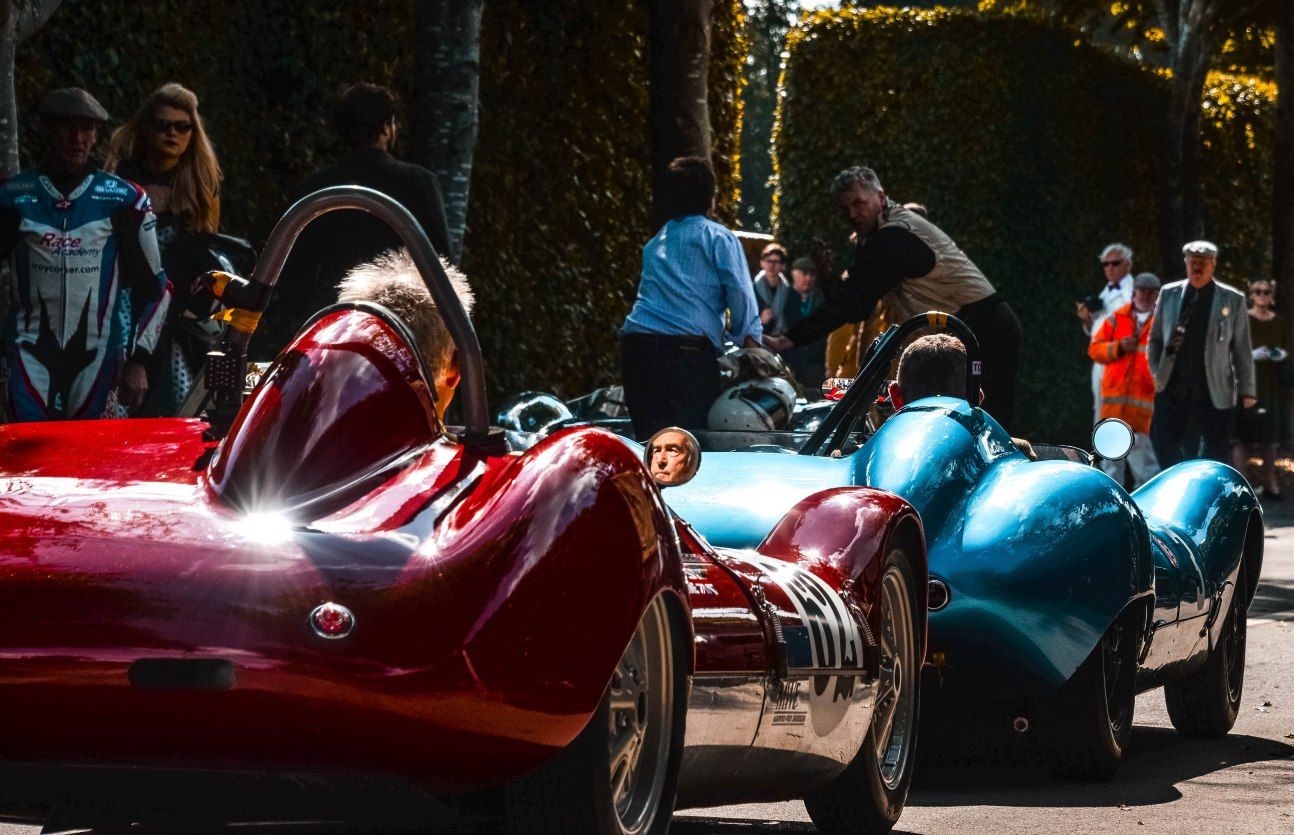
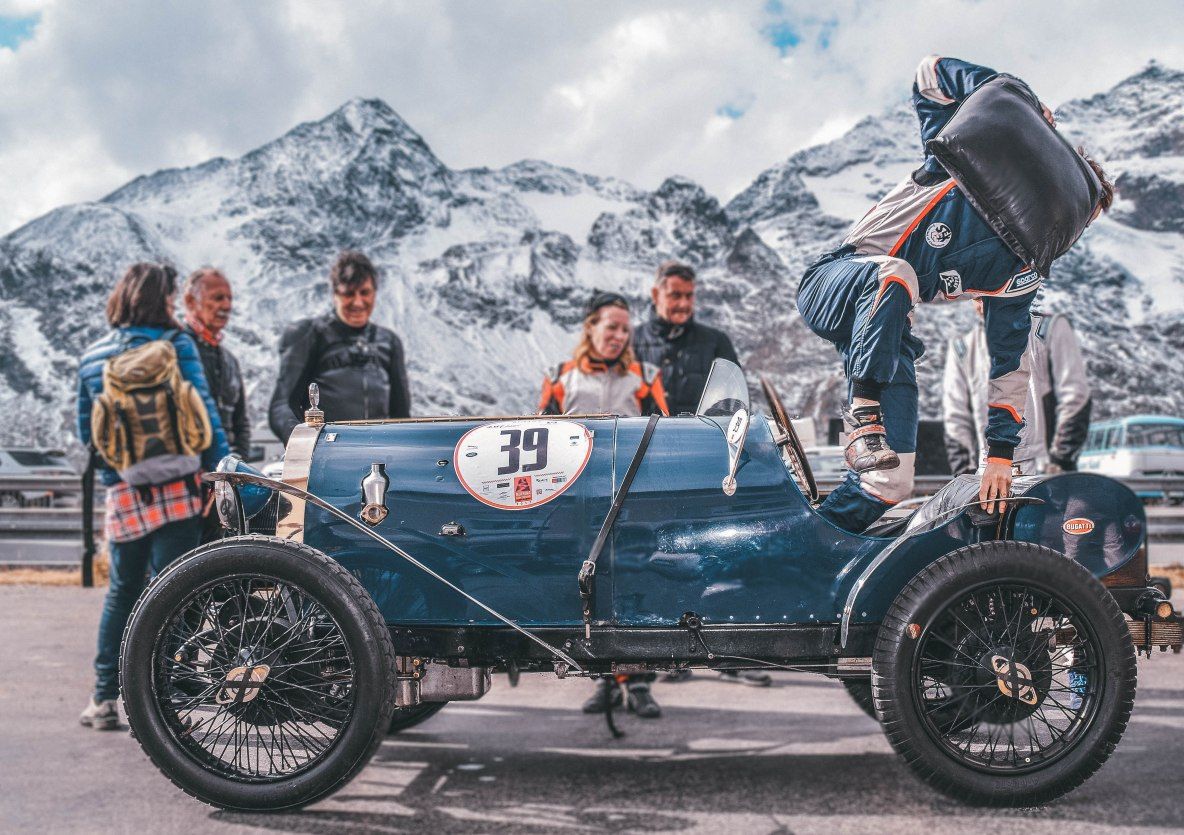
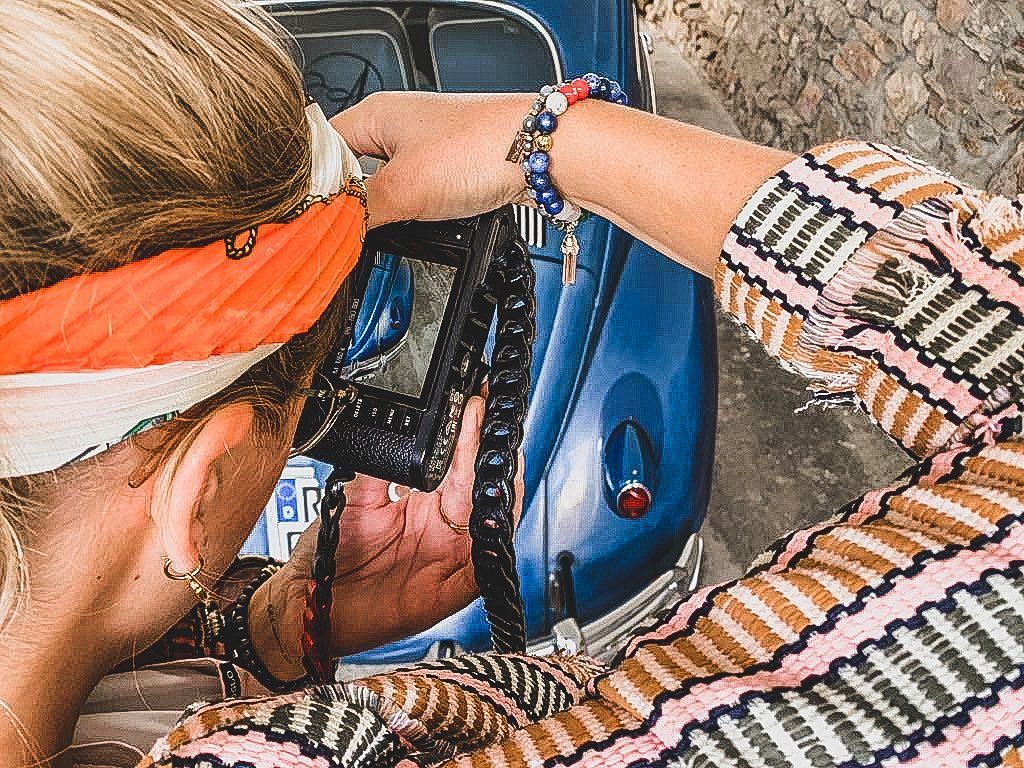
Source: Laura Kukuk
Indeed! I had some quick fire questions to end the interview with, the first one being: if you had to recommend one old-timer for a jolly trip around the Nurburgring, what would it be?
A Porsche 917.
I was expecting you to say Morris Marina or something like that.
Oh sorry, for a jolly trip?
I think a 917 would be an extremely jolly, if brief, trip!
Hah, excuse me, for a jolly trip… well, once my 600 is finished, I'm dreaming about driving that in the Mille Miglia because it's eligible. So I think maybe test driving it on the Nurburgring wouldn't be a bad idea beforehand!
My second question is: what is your favourite tool or scientific instrument that you enjoy using most when you're in the workshop?
I enjoy using the spectrometer most, but the most useful one is actually the ultrasonic kit...

And finally: what has been your best driving experience?
Oh god, this is very difficult. I should have thought about that earlier! You know what, I just posted a photo of me driving a Ferrari 166 MM we inspected back in 2017. It was after two very long days of inspection and really great work, and we got to test drive the car properly on the road - I was like the happiest kid ever. It might not be my definitive best driving experience, but it’s the one which comes to mind right now!
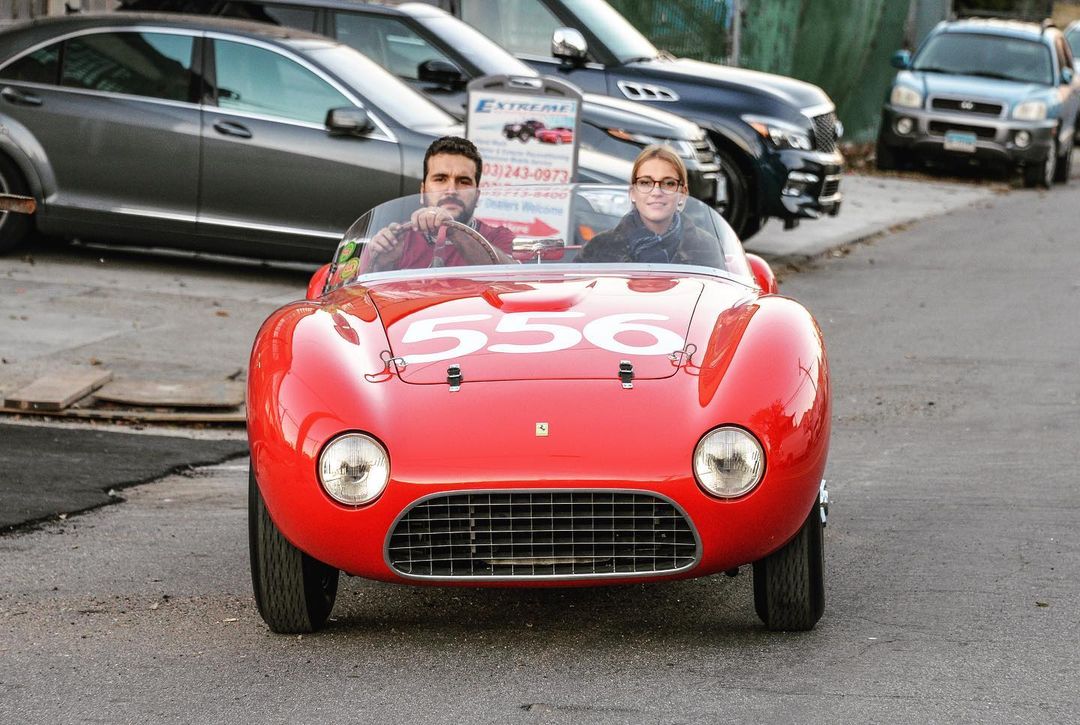
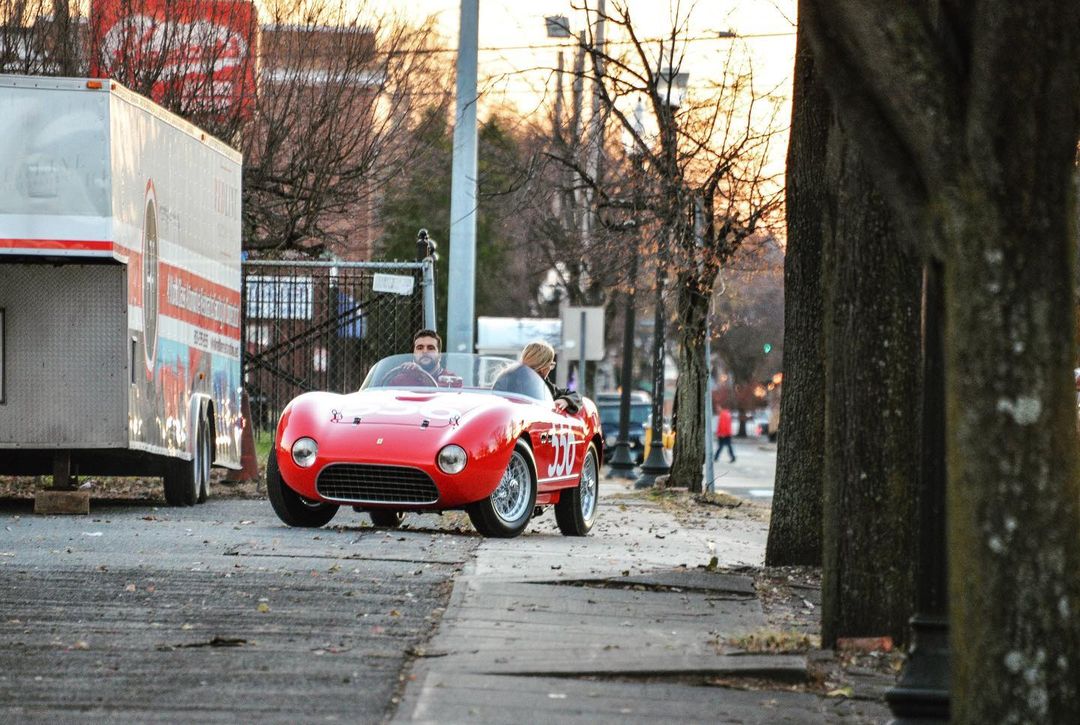

Source: Laura Kukuk
That's a wonderful note to end on. Laura, it's been an absolute pleasure to chat, and thank you very much for joining us today.
Thank you so much!
To find out more about Laura and her work, you can visit her website at www.kukuk.com

